Public Capital Markets and Startup Creation
This research group studies the creation of startups with a particular focus on established firms' role as providers of capital and skilled labour for startup creation and growth.
Research Cluster
Economic Dynamics and StabilityYour contact

Leiter - Department Laws, Regulations and Factor Markets
Refereed Publications
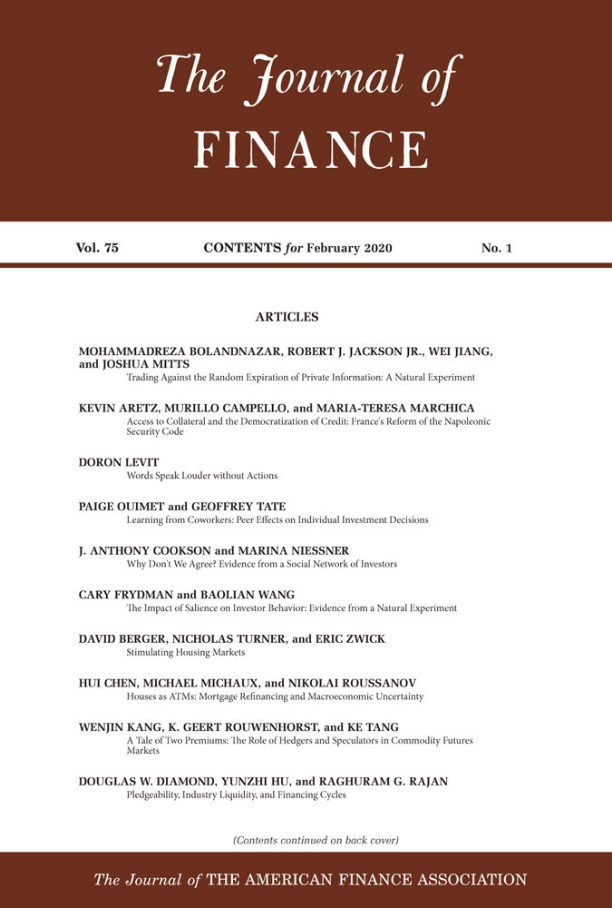
Does Going Public Affect Innovation?
in: Journal of Finance, No. 4, 2015
Abstract
This paper investigates the effects of going public on innovation by comparing the innovation activity of firms that go public with firms that withdraw their initial public offering (IPO) filing and remain private. NASDAQ fluctuations during the book-building phase are used as an instrument for IPO completion. Using patent-based metrics, I find that the quality of internal innovation declines following the IPO, and firms experience both an exodus of skilled inventors and a decline in the productivity of the remaining inventors. However, public firms attract new human capital and acquire external innovation. The analysis reveals that going public changes firms' strategies in pursuing innovation.
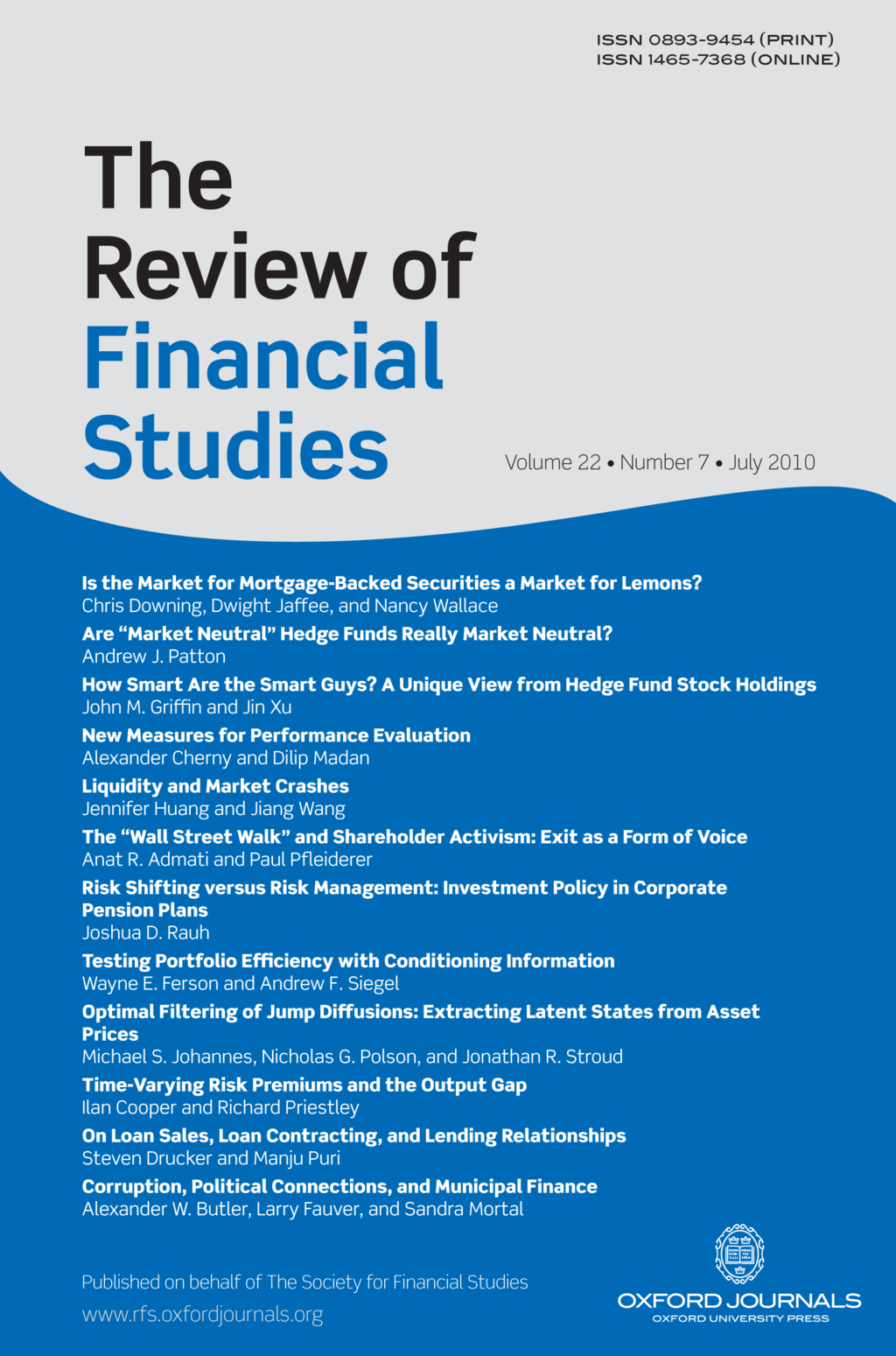
Venture Capitalists on Boards of Mature Public Firms
in: Review of Financial Studies, No. 1, 2014
Abstract
Venture capitalists (VCs) often serve on the board of mature public firms long after their initial public offering (IPO), even for companies that were not VC-backed at the IPO. Board appointments of VC directors are followed by increases in research and development intensity, innovation output, and greater deal activity with other VC-backed firms. VC director appointments are associated with positive announcement returns and are followed by an improvement in operating performance. Firms experience higher announcement returns from acquisitions of VC-backed targets following the appointment of a VC director to the board. Hence, in addition to providing finance, monitoring and advice for small private firms, VCs play a significant role in mature public firms and have a broader influence in promoting innovation than has been established in the literature.
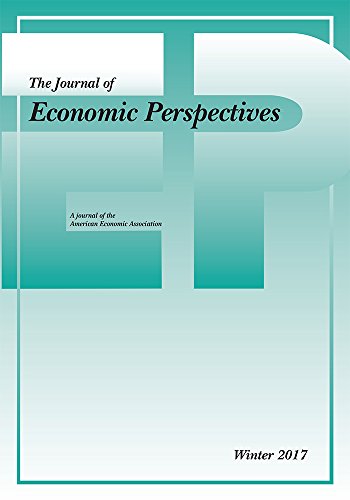
The Investment Strategies of Sovereign Wealth Funds
in: Journal of Economic Perspectives, No. 2, 2013
Abstract
Sovereign wealth funds have emerged as major investors in corporate and real resources worldwide. After an overview of their magnitude, we consider the institutional arrangements under which many of the sovereign wealth funds operate. We focus on a specific set of agency problems that is of first-order importance for these funds: that is, the direct involvement of political leaders in the management process. We show that sovereign wealth funds with greater involvement of political leaders in fund management are associated with investment strategies that seem to favor short-term economic policy goals in their respective countries at the expense of longer-term maximization of returns. Sovereign wealth funds face several other issues, like how best to cope with demands for transparency, which can allow others to copy their investment strategies, and how to address the problems that arise with sheer size, like the difficulties of scaling up investment strategies that only work with a smaller value of assets under investment. In the conclusion, we discuss how various approaches cultivated by effective institutional investors worldwide -- from investing in the best people to pioneering new asset classes to compartmentalizing investment activities -- may provide clues as to how sovereign wealth funds might address these issues.
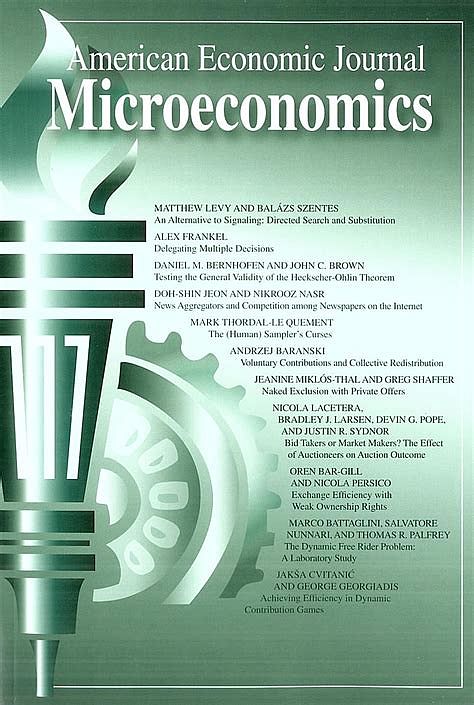
Contracting with Heterogeneous Externalities
in: American Economic Journal: Microeconomics, No. 2, 2012
Abstract
We model situations in which a principal offers contracts to a group of agents to participate in a project. Agents' benefits from participation depend on the identity of other participating agents. We assume heterogeneous externalities and characterize the optimal contracting scheme. We show that the optimal contracts' payoff relies on a ranking, which arise from a tournament among the agents. The optimal ranking cannot be achieved by a simple measure of popularity. Using the structure of the optimal contracts, we derive results on the principal's revenue extraction and the role of the level of externalities' asymmetry.
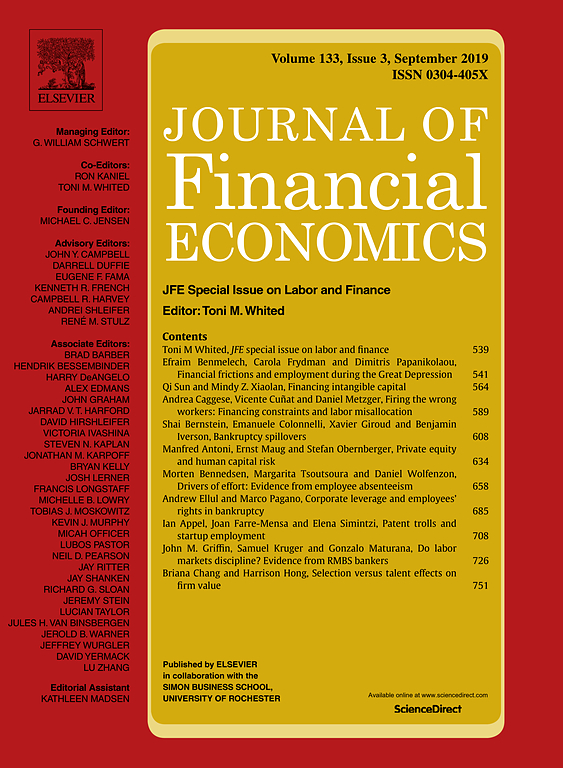
Board Connections and M&A Transactions
in: Journal of Financial Economics, No. 2, 2012
Abstract
We examine M&A transactions between firms with current board connections and find that acquirers obtain higher announcement returns in transactions with a first-degree connection where the acquirer and the target share a common director. Acquirer returns are also higher in transactions with a second-degree connection where one acquirer director and one target director serve on the same third board. Our results suggest that first-degree connections benefit acquirers with lower takeover premiums while second-degree connections benefit acquirers with greater value creation. Overall, we provide new evidence that board connectedness plays important roles in corporate investments and leads to greater value creation.
Working Papers
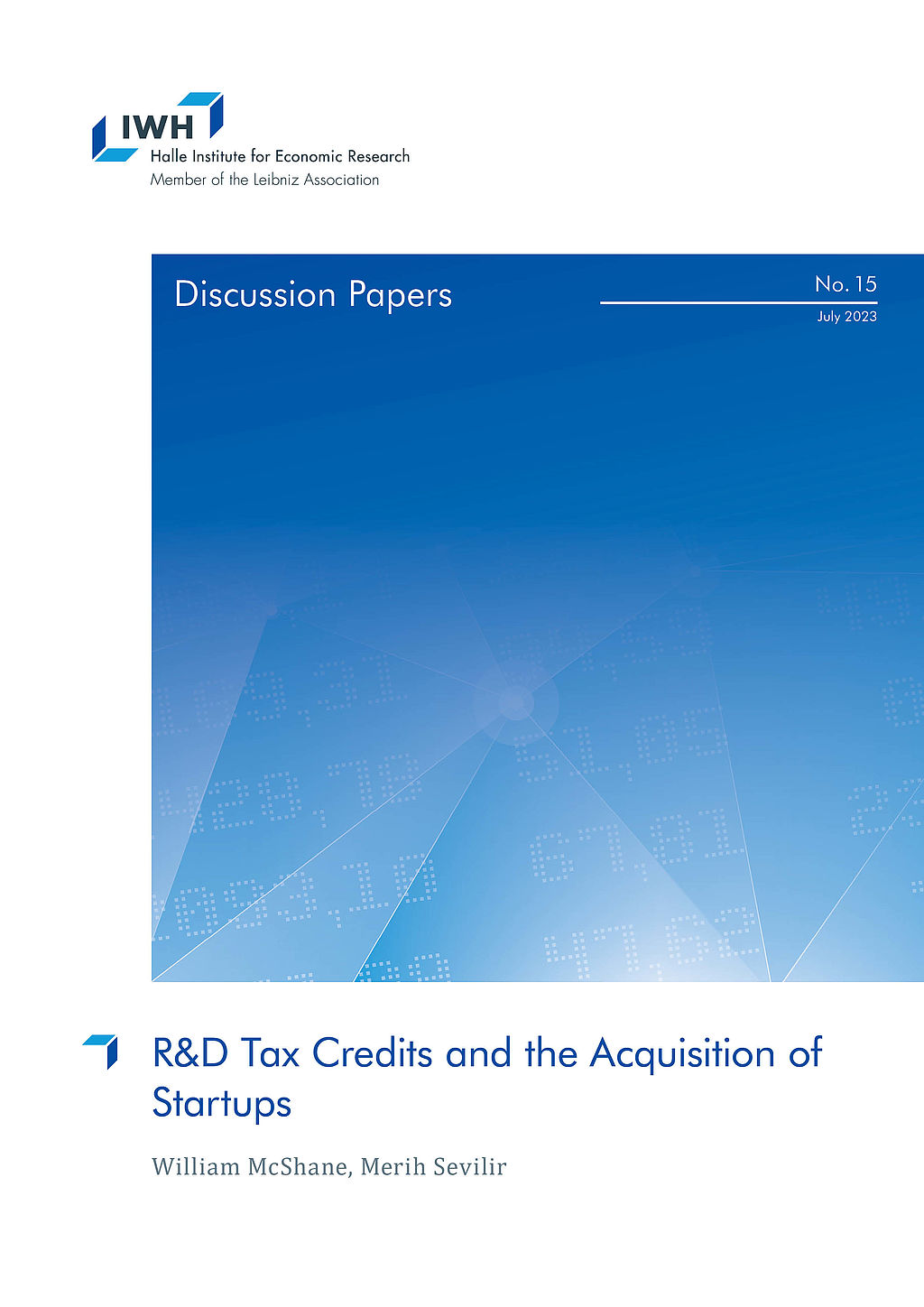
R&D Tax Credits and the Acquisition of Startups
in: IWH Discussion Papers, No. 15, 2023
Abstract
We propose a novel mechanism through which established firms contribute to the startup ecosystem: the allocation of R&D tax credits to startups via the M&A channel. We show that when established firms become eligible for R&D tax credits, they increase their R&D and M&A activity. In particular, they acquire more venture capital (VC)-backed startups, but not non-VC-backed firms. Moreover, the impact of R&D tax credits on firms’ R&D is increasing with their acquisition of VC-backed startups. The results suggest that established firms respond to R&D tax credits by acquiring startups rather than solely focusing on increasing their R&D intensity in-house. We also highlight evidence that startups do not appear to benefit from R&D tax credits directly, perhaps because they typically lack the taxable income necessary to directly benefit from the tax credits. In this context, established firms can play an intermediary role by acquiring startups and reallocating R&D tax credits, effectively relaxing the financial constraints faced by startups.
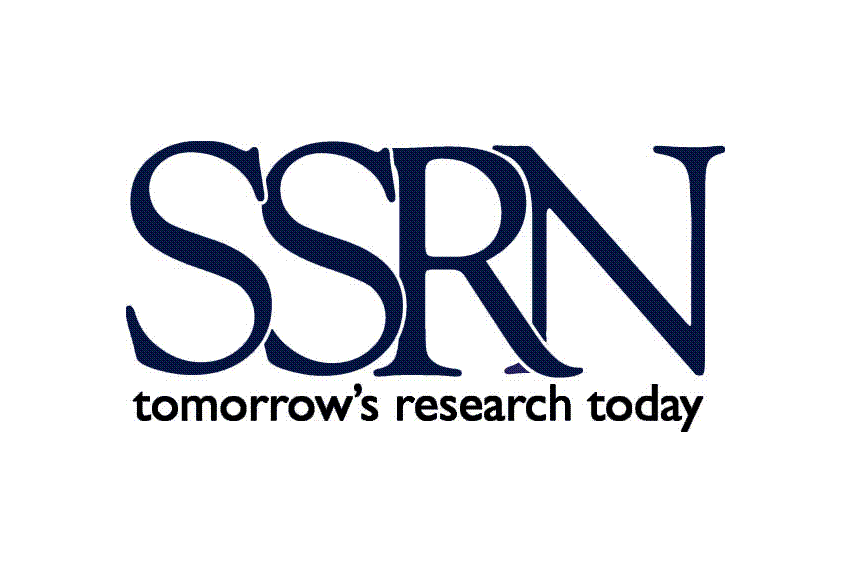
Going Public and the Internal Organization of the Firm
in: SSRN Working Paper, May 2022
Abstract
We examine how firms adapt their organization when they go public. To conform with the requirements of public capital markets, we expect IPO firms to become more organized, making the firm more accountable and its human capital more easily replaceable. We find that IPO firms transform into a more hierarchical organization with smaller departments. Managerial oversight increases. Organizational functions dedicated to accounting, finance, information and communication, and human resources become much more prominent. Employee turnover is sizeable and directly related to changes in hierarchical layers. New hires are better educated, but younger and less experienced than incumbents, which reflects the staffing needs of a more hierarchical organization. Wage inequality increases as firms become more hierarchical. Overall, going public is associated with a comprehensive transformation of the firm's organization which becomes geared towards efficiently operating a public firm.

Private Equity in the Hospital Industry
in: ECGI Working Paper, No. 787, 2021
Abstract
We examine employment and patient outcomes at hospitals acquired by private equity (PE) firms and PE-backed hospitals. While employment declines at PE-acquired hospitals, core medical workers (physicians, nurses, and pharmacists) increase significantly. The proportion of wages paid to core workers increases at PE-acquired hospitals whereas the proportion paid to administrative employees declines. These results are most pronounced for deals where the acquirers are publicly traded PE-backed hospitals. Non-PE-backed acquirers also cut employment but do not increase core workers or reduce administrative expenditures. Finally, PE-backed acquirers are not associated with worse patient satisfaction or mortality rates compared to their non-PE-backed counterparts.












